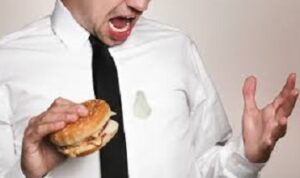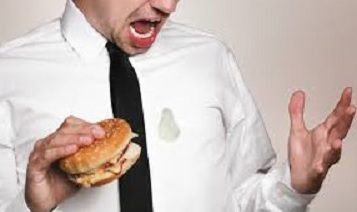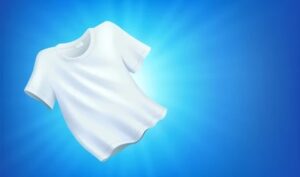Grease Stain Removal


You probably already have some of these cleaning agents in your home, and a couple that might be worth bringing home. Here’s how to take grease stains off clothes, step by step.
Dish Soap and Hot Water
Treat stained clothes the same way you would a sink full of greasy dishes – remove grease from the surface with dish-washing liquid. Dish detergent is designed to break up surface grease and allow it to rinse away.
- Place the garment stain-side down on white paper towels. (Printed paper towels could transfer ink color to your clothes.)
- Squirt a dime-size amount of dishwashing liquid on the backside of the grease stains. Gently rub the dish detergent into the stain center and work your way to the edges. Give it a minute or so to work its breakdown magic.
- Rinse the treated area under warm to hot running water for a minute or so to remove the dish detergent. The water temperature will depend on what the fabric can handle. For 100 percent cotton, you can usually use hot water.
- Follow the rinse with a spin in the washing machine, using the hottest water that’s safe for the fabric and your regular laundry detergent. If you can’t read the clothing label care tab, choose a warm water wash.
Laundry Detergent Pre-treatment
Rub a liquid laundry detergent into the stain, and let sit for 3-5 minutes.
Wash the stained item separately from the rest of your clothes in the hottest recommended water, adding a little bleach or bleach alternative to the wash water. Extend the wash cycle to give the garment some extra time in the spin cycle.
Absorbent Powder
Another good tip that works on grease stains that are fresh is to use absorbent powder (such as cornstarch, salt, baking powder or talcum powder).
- Apply the absorbent of choice, and let it set until the powder has absorbed as much of the grease stain as possible. Brush away the absorbent remnants with a stiff-bristle brush.
WD-40 and Dish Detergent
Place the garment on paper towels, grease stain side up. Spray the greasy area with WD-40. Let stand 10 minutes.
- Turn the garment over and spray the underside as well. Allow to sit another 10 minutes.
- Using paper towels, blot on some hand dishwashing liquid, replacing the towels as they absorb the grease.
- Rinse the treated area, and wash separately from the rest of your laundry.
Lestoil Heavy Duty Cleaner
Lestoil Heavy Duty Cleaner is made by Clorox. It safely removes oil spots, grease stains and tar from washable fabrics. It’s effective and easy to use, but it does have a very strong smell.
Simply pour Lestoil onto the greasy stain and let it soak in for about 20 minutes before washing. And if you’re washing a huge greasy load of laundry, add some to the wash water to get the load clean and grease-free.
Lestoil is also good for removing stains from fabric on sofas, chairs, carpets, and concrete driveways.
Last But Not Least
Inspect the treated area before drying to ensure the greasy stains are completely removed. If you can still see any residue, repeat the pre-treating and washing process until clear.






























